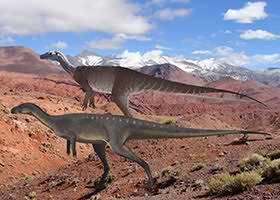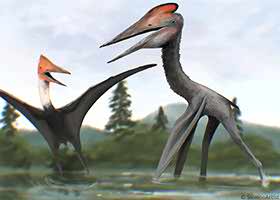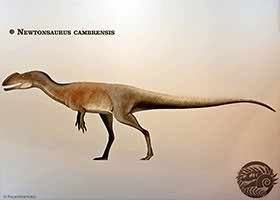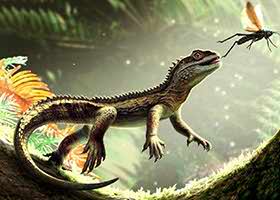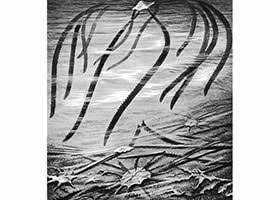
Footprints of terrible birds have successfully identified for the first time by paleontologists, marking a significant breakthrough in paleontology. These rare fossilized footprints belong to an extinct terror bird from the Phorusrhacidae family and offer new evidence that reshapes our understanding of their unique locomotion and behavior patterns.
Terror birds belong to the Phorusrhacidae family, an extinct family of large, flightless carnivorous birds within the order Cariamiformes. These birds had a significant body mass, reaching up to 70 kg, and stood at 1–2 meters high. The terror birds dominated as predators during the Cenozoic era in South America. They also inhabited North America in the Pliocene–Pleistocene and Africa in the Eocene (Lavocatavis).

Stratigraphic distribution of Miocene Phorusrhacidae and Rionegrina pozosaladensis. Relative sizes of silhouettes based on estimations body mass. The red dashed line represents the age of the dated tuff level from the study locality.
The Phorusrhacidae family includes 18 species within 14 genera and 5 subfamilies, namely Brontornithinae, Mesembriornithinae, Patagornithinae, Phorusrhacinae, and Psilopterinae. Their closest living relatives are the Cariama, also known as the Red-legged Seriema (Cariama cristata), and the Chunga, or Black-legged Seriema (Chunga burmeisteri), two extant representatives of the Cariamidae family.
According to paleontologist Ricardo Melchor and his colleagues from the National University of La Pampa, terror birds are the most notable group of birds in South America’s Cenozoic era and were the dominant predators in Cenozoic ecosystems.
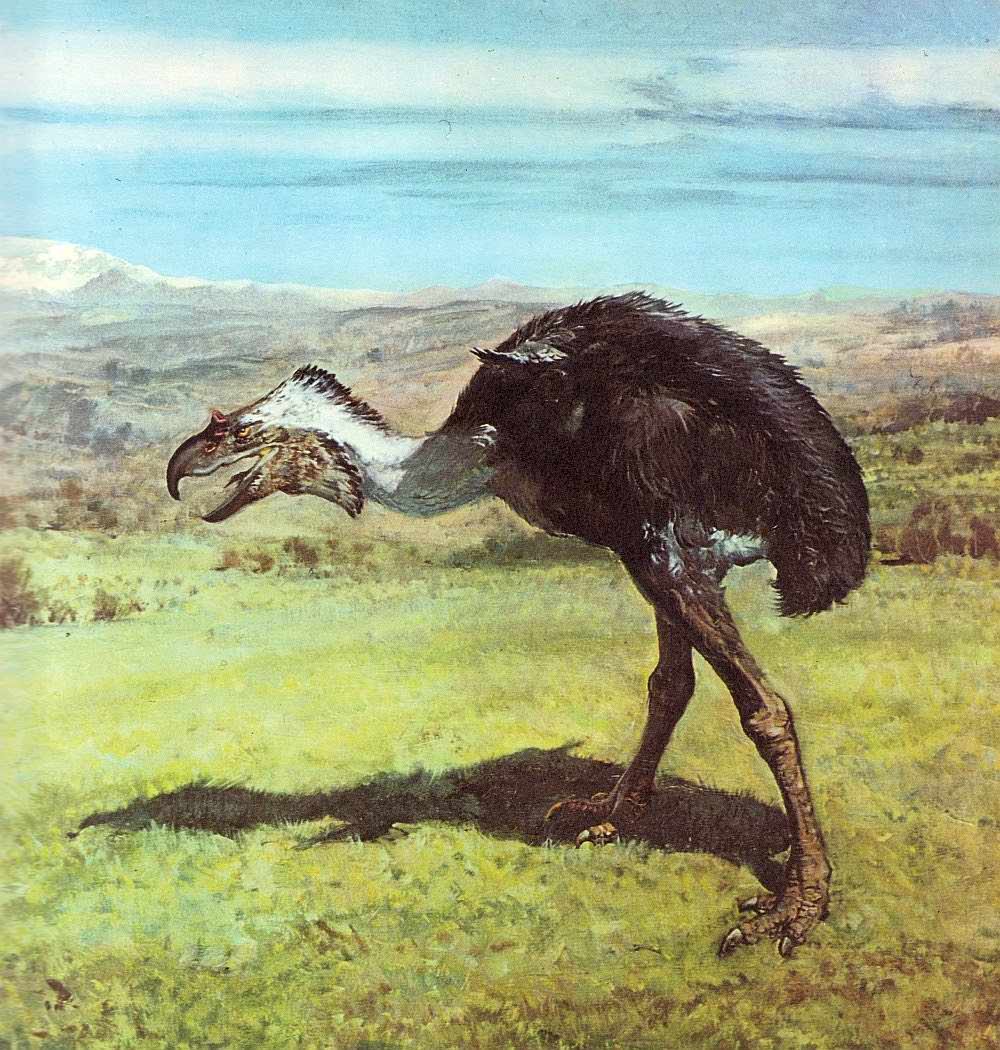
Phorusrhacos ©Burian
The reduction of the front limbs and substantial body mass suggest a terrestrial lifestyle.
Researchers base the hypothesis of a predatory lifestyle in phorusrhacids on the morphology of their hind limbs, which seem adapted for pursuing prey. These hind limbs are similar to those of modern running and aquatic birds, suggesting that phorusrhacids may have used them for similar purposes. Comparing the hind limbs of phorusrhacids with modern bird groups suggests that Mesembriornithinae and Patagornithinae were likely running birds. The smaller representatives of Psilopterinae were probably walking and near-water birds.

Location map and stratigraphic section of the Rio Negro Formation at Pozo Salado locality (Rio Negro Province, Argentina) and distribution of outcrops of the Rio Negro Formation. ©Melchor
Researchers recently discovered exceptionally well-preserved footprints of a terror bird with a didactyl posture. The footprints likely belong to the subfamily Mesembriornithinae and were found in coastal exposures of the Rio Negro formation along the San Matias Gulf on Argentina’s Atlantic coast.
“These are the first and only known fossil traces related to this group of birds,” stated paleontologists.
The footprints, dating back 8 million years to the late Miocene, have been classified as a new ichnotaxon named Rionegrina pozosaladensis.
Etymology: Researchers named the ichnogenus after the Rio Negro Province and geologic formation where it occurs, and they named the ichnospecies after the Pozo Salado locality where they discovered it.
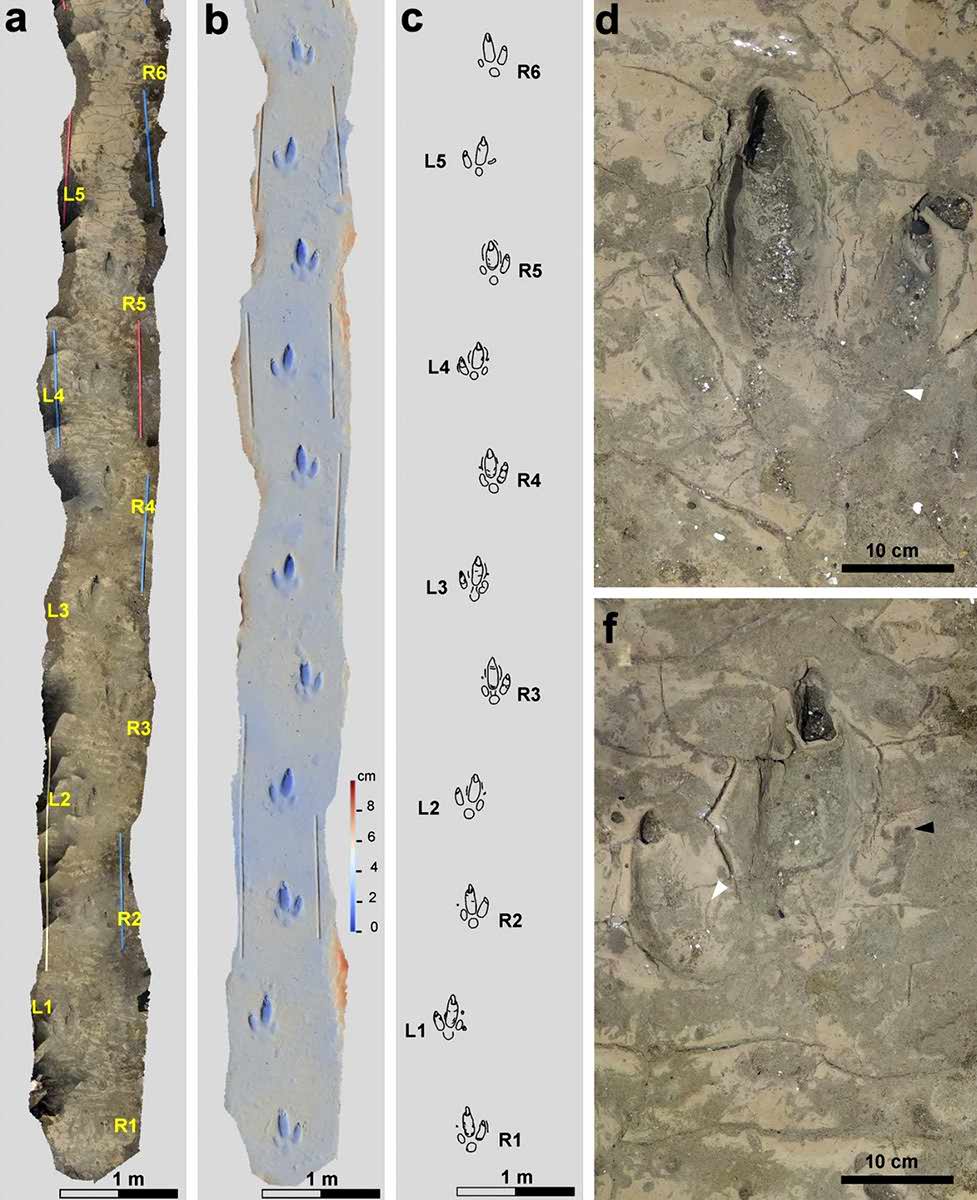
Holotype trackway of Rionegrina pozosaladensis: (a-c) orthomosaic, digital elevation model and interpretative drawing of the holotype; (d) detail of orthomosaic of fifth right footprint (R5); (f) detail of orthomosaic of the fourth left footprint (L4). White arrow points to wrinkle traces and black arrows to tip of digit II claw trace. R1-R6: consecutive right footprints; L1-L5: consecutive left footprints; II: digit II. © Melchor et al.
The footprints contain traces of wrinkles and impressions associated with the skin imprints of the bird’s feet. Researchers assume that these traces remained in the muddy lake bottom after wave ripples formed and that natural processes later exposed them.
“Considering a hip-level height of 0.8 meters, the estimated speed of the track maker is approximately 2.75 m/s.” The average body mass of the Rionegrina pozosaladensis track maker is estimated to be around 55 kg. “These footprints yield unprecedented information on the locomotor habits of Phorusrhacidae,” the authors say.

Tentative osteological reconstruction of the foot of the producer of Rionegrina pozosaladensis using the foot of Mesembriornis incertus after Degrange. Hind limb morphometry of terror birds (Aves, Cariamiformes, Phorusrhacidae): Functional implications for substrate preferences and locomotor lifestyle.

Detailed line drawing of individual right (above) and left (below) footprints of the holotype trackway of Rionegrina pozosaladensis. Green lines are marginal ridges and red lines represent the tip of claw trace of digit II. R1–R5: consecutive right footprints, L1–L5: consecutive left footprints, II: digit II.
The footprints indicate a strong mesaxony of the foot. The length of the print is over 300 mm. The prints show a well-developed, thick, subtriangular claw impression on the third and fourth digits. Sometimes, the claw tip of the second digit appears separately from its digit print.
The obtained data suggest that the moderately sized terror birds of the late Miocene developed noticeable adaptations for running. These adaptations were made by some reducing the second digit and supporting the body on the third and fourth digits. The second digit’s elevated and elongated, more curved claw was likely used for piercing or grasping prey.
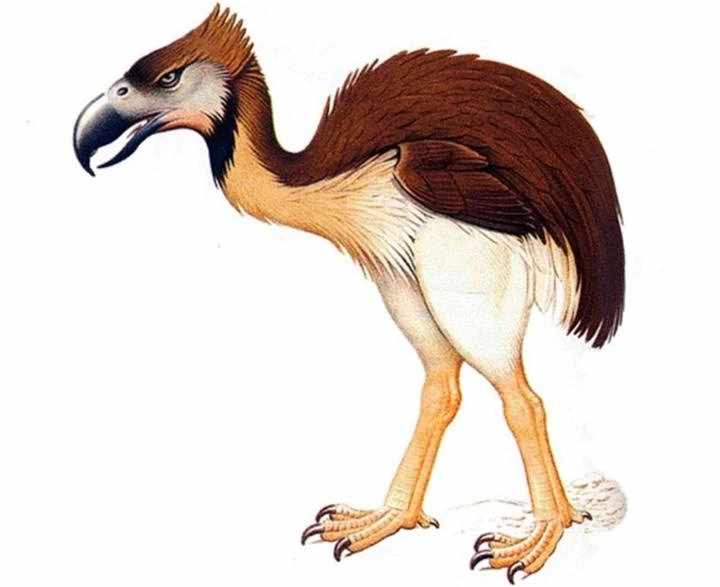
The overall morphology of the footprints, the bipedal configuration of the trackway, and the age of the enclosing rock formations suggest that the potential trackmaker should be a large bird that inhabited Patagonia during the late Miocene.
The study on the footprints of the extinct predatory bird has been published in the journal Scientific Reports.
Based on the article R.N. Melchor et al. 2023. First terror bird footprints reveal functionally didactyl posture.













